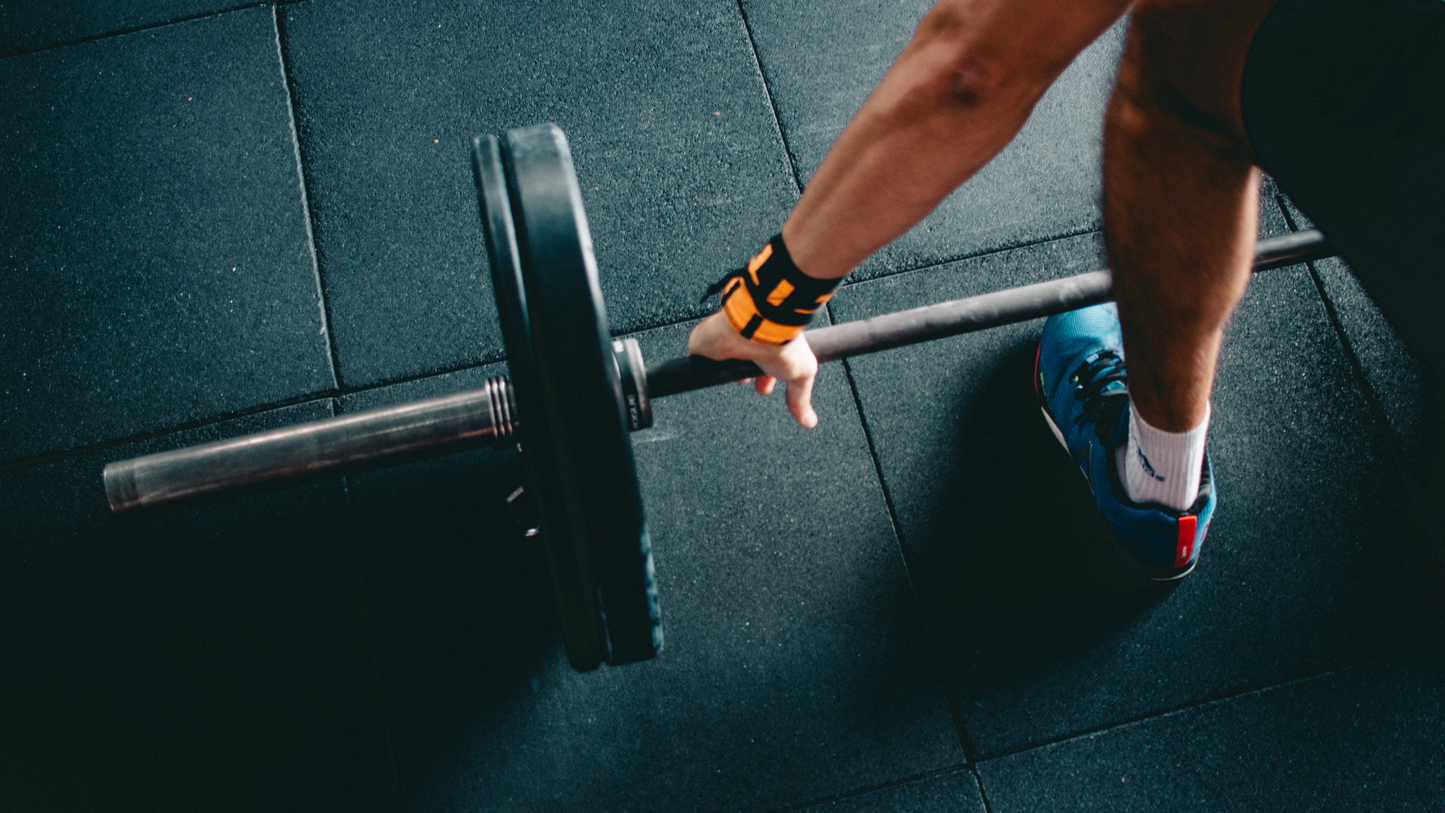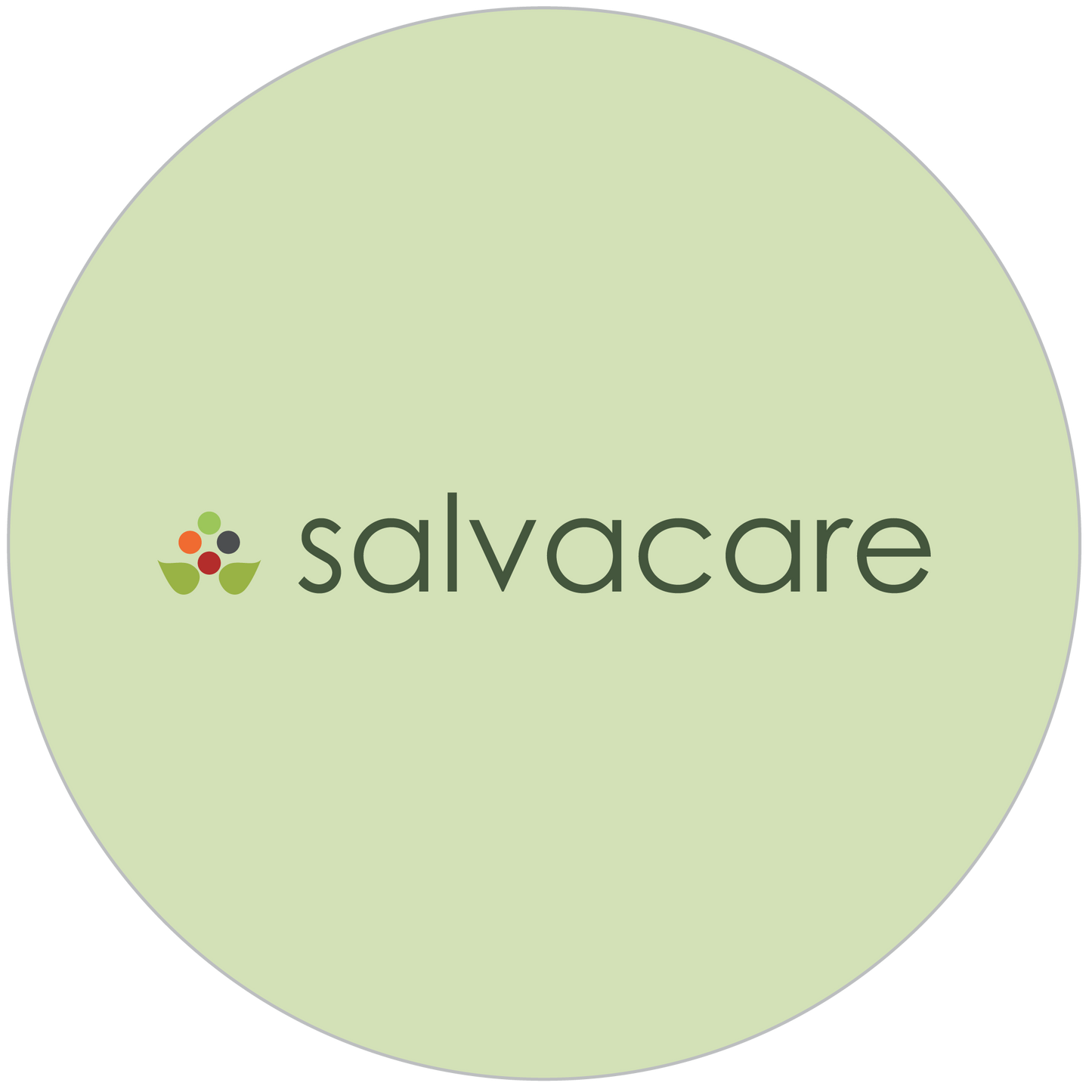
Real Journeys, Real Stories - Meet Derek
With cancer rates increasing in New Zealand and Australia there is no doubt that Cancer touches so many of us, whether it’s a personal diagnosis or supporting a loved one through their journey. It’s a word no one wants to hear.
At Salvacare, we advocate for a comprehensive approach to supporting individuals through a cancer diagnosis beyond conventional treatments. This includes not only the use of Salvestrols to support healthy cellular function but also consideration of personalized dietary and lifestyle adjustments in your health journey.
An integrated approach, whether utilized independently or alongside conventional treatments, emphasizes meeting individuals where they are and honoring their readiness for change, irrespective of personal opinions.
In the coming months, we aim to share stories, with permission, from our customers who have faced a cancer diagnosis and how they have supported themselves beyond undergoing conventional cancer treatment and using Salvestrols but focusing on dietary and lifestyle factors that we believe should be a key part in everyone’s health journey.
If you are going through a cancer diagnosis, information provided in our customer stories may provide considerations not currently on your radar or inspire you to talk to your health are team about what else you can be doing to support you on your journey.
Recently when touching base with our Australian based customers, Derek, he shared his story about how he integrated exercise into this treatment plan which he found instrumental in his journey back to health.
Please note, this is not intended as a recommendation for treatment. Always discuss any changes in your healthcare with your primary healthcare provider.
How Exercise Helped Me Through My Cancer Treatment
By Derek Skingle
Many of us will encounter cancer during our lifetime, either through affected friends, relatives, loved ones or personally. It’s the diagnosis we all dread, as much for the treatment as the disease itself. And let’s not mince words, the treatments – chemotherapy or radiotherapy – are brutal.
But they are often the only tools currently available for today’s specialists.
Back in 2016, I watched an episode of ABC Catalyst featuring the Cancer Care Centre in Perth. It showcased how targeted exercise could significantly improve patients’ experiences during chemotherapy and radiotherapy. Beyond the immediate benefits of feeling stronger and healthier, the program revealed something remarkable: patients who followed a structured exercise routine avoided the typical 10-15% muscle loss that chemo often causes, and some even gained muscle mass. Their survival rates also improved. I was fascinated and filed this information away, never imagining I’d one day need it myself.
My Diagnosis and the Lack of Exercise Guidance
Fast forward to early 2024, I was diagnosed with Non-Hodgkin’s Lymphoma. My first consultation with the specialist was thorough, but one thing was missing: exercise wasn’t mentioned once. Given what I had learned from Catalyst years ago, I assumed hospitals would integrate exercise into cancer treatment plans or at least provide referrals to exercise physiologists. Maybe that happens in larger cities, but in my case, I quickly realized I’d need to take matters into my own hands.
Thankfully, I was already part of a Live Longer, Live Stronger strength and balance program at my local gym. The program’s leader, became an incredible support, helping me modify my workouts to suit my treatment plan. She connected me with exercise physiologist who designed a personalized routine for both the gym and home. I also saw a massage therapist before each chemo session, which helped tremendously with relaxation and recovery. Having access to these professionals close to home made a huge difference—I never had to travel far for top-quality care.
How I Integrated Exercise Into My Treatment Plan
My chemotherapy was scheduled every three weeks for a total of six rounds. Throughout this time, I stuck to my exercise routine religiously:
- Gym sessions 2-3 times per week (adjusted based on my energy levels)
- Home exercises every morning and evening
- Daily walks even after chemo, I had my friend drop me off a kilometre from home so I could walk the last stretch uphill.
I wasn’t trying to push through exhaustion, but I wanted to stay as strong as possible. Surprisingly, my energy followed a predictable cycle: after treatment, I felt fine for a day, then experienced a dip for about a week. By the third week, I was back to almost full strength. I even tracked my energy levels and exercise in a daily health log, eventually noticing a repeating pattern that reassured me throughout each cycle.
The results? Minimal side effects. No nausea, no significant weight loss, and only minor hair thinning. My energy dipped occasionally, but never to the point where I couldn’t function. The biggest takeaway? Exercise helped me regain strength between treatments, preventing the typical downward spiral of fatigue and muscle loss.

A Holistic Approach: Beyond Exercise
Exercise was my foundation, but I also focused on other areas of my health:
- Diet: I’ve been a vegetarian for 40 years, but during chemo, I craved foods I hadn’t eaten in decades, like meat. Instead of resisting, I listened to my body and incorporated organic chicken and more protein-rich foods.
- Mental health: Cancer is overwhelming, so I filtered out negativity. I avoided distressing news, cut out TV dramas, and kindly asked friends not to share others’ cancer horror stories with me.
- Sleep: I tried meditation, collagen supplements, and limiting screen time at night, amongst a few other things though this was one area where I saw mixed success.
- Laughter: I made it a point to watch or listen to comedy every day. A good laugh can relieve stress and boost immunity, and it was an easy, enjoyable way to lift my spirits.
- Salvestrols: During treatment I used the high dose of Salvestrols, as recommended by the team at Salvacare.
The Best Birthday Gift: Cancer-Free at 86
After nearly five months of chemotherapy, I had a clear PET/CT scan in September 2024 just a day after my 86th birthday. I truly believe that exercise played a key role in my recovery.
Now, my focus is on staying cancer-free. I continue my workouts, maintain a balanced diet, and live as I did before this journey began. This approach may not be for everyone, but it worked for me. It's now been 6 months on from my CT in September and I have had another clear CT, so I will continue my health regimen, it makes me feel fit and alive.
If you or a loved one are facing cancer treatment, I hope my story shows that there are ways to take control of your health. Exercise isn’t just about staying fit, it can be a powerful tool in helping you through even the toughest battles.
For those interested, the Catalyst program on exercise and cancer is still available online, it might just be the inspiration you need.
- Australia - https://myexercisemedicine.net
- New Zealand - https://exerciseasmedicinenz.com/
Edited version that appeared in The Nimbin Good Times, January 2025.
Further Reading
https://www.cancer.gov/about-cancer/causes-prevention/risk/obesity/physical-activity-fact-sheet
https://www.cancerresearchuk.org/about-cancer/coping/physically/exercise-guidelines
https://pmc.ncbi.nlm.nih.gov/articles/PMC8431973/
https://www.macmillan.org.uk/cancer-information-and-support/treatment/preparing-for-treatment/physical-activity-and-cancer
Disclaimer: The Content is not intended to be a substitute for professional medical advice, diagnosis, or treatment. Always seek the advice of a physician or other qualified health provider with any questions you may have regarding a medical condition. Never disregard professional medical advice or delay in seeking it because of something you have read on our website www.salvacare.co.nz or social media.


